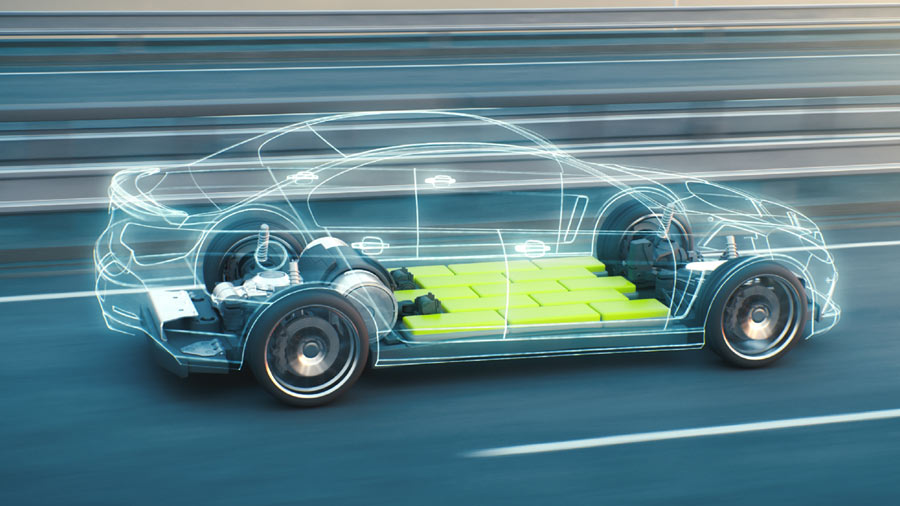Battery Cost in EVs : In 2025, electric vehicles were dominating Indian roads with some chic-looking scooters and quite practical family cars among feasible options. What many prospective buyers are compelled to ponder is why EVs are still more expensive than petrol and diesel cars? The answer is simple: the battery. Today, without contest, the most expensive component of an EV remains its battery.
Battery costs generally range between 30 to 40 percent of the prime manufacturing cost of electric vehicles. If a customer pays Rs 12 lakh for an electric vehicle, it can be safely assumed that battery costs will account for close to Rs 4-5 lakh. The battery sells at such prices because every rare and costly material known to man finds its way into active lithium-ion batteries, such as lithium, cobalt, and nickel. The story appears no different concerning electric scooters either, as the battery will account for quite a huge share of their price as well.
However, this would not be the case, as even by 2025, battery costs would be steadily declining. With the advancements in battery technology and the proliferation of localized manufacturing in India, EV manufacturers’ worries over the import of battery parts would exist to a limited extent.
Also Read : Car Subscription vs Ownership in 2025 : What Urban Drivers Really Need

Battery companies are setting up plants in India, thus ensuring lowered costs. Also, with new technologies maturing, Lithium Iron Phosphate (LFP) batteries are becoming cheaper, safer, and long-lasting while being used in many green vehicles such as Tata Punch EVs and Ola S1X; this will further aid in cutting down the overall costs of electric mobility.
Since one decade or so, mass production has made batteries and many other components like motor, controller, and software much less expensive, supported by government funding. These factors put together make EVs affordable to the average Indian customer.
Also Read : Skoda Octavia RS 2025 Makes a Thrilling Comeback: Power, Tech & India Launch Details
Further possibilities such as solid-state batteries or battery recycling may cut down costs even more in the future. By then, battery stays on the most costly list in an EV. For the ones planning to invest in the year 2025, just ensure that most of what you are paying goes towards the battery: its performance, safety, and lifespan. Following the advancement of technology, the cheapest will be the EVs.
